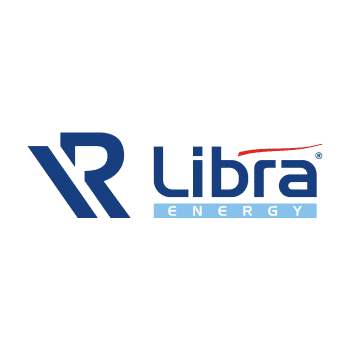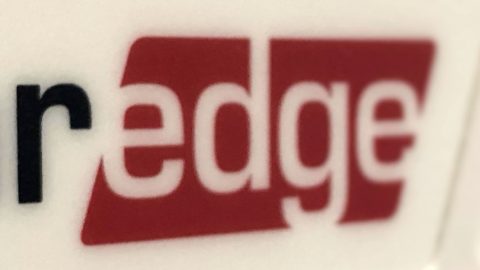What are the benefits of a SolarEdge optimiser system?
There are a lot of options when fitting a solar energy system. An east-west setup on a flat roof or a pitched roof surface with different orientations will require an inverter with two MPP trackers. On homes, it is often the case that the minimum number of panels that have to be connected to an MPP tracker is not reached. Then the only option that remains is to work with two inverters, although correspondingly, this quickly becomes more expensive. Another very common phenomenon is the casting of shadows by trees, drain pipes, dormer windows etc. In many cases, a seemingly minor shadow cast on a panel can cause the entire string to generate just a small percentage of what it would be capable of under ideal circumstances.
The above problems can be resolved at once using a SolarEdge system. This system consists of what are known as optimisers and a central inverter. The optimiser is a DC-DC converter with the MPP tracker functionality. They are housed in a small box that is attached to the mounting rail beneath the solar panels. The optimiser is connected to the positive and negative terminals of the panel. The output cables (positive and negative of the optimiser) are connected in a string configuration, in the same was as with traditional string inverters. This string is connected to the central SolarEdge inverter.
SolarEdge system benifits:
- Each panel in the string performs optimally. The solar panel producing the least power no longer impacts the rest of the string’s performance.
- Less wiring required. Example: on an east-west setup, it is possible to place four panels facing west and eight panels facing east in a single string.
- More energy is generated: none of the differences (also called mismatches) between the panels affect one another, resulting in a 2% greater yield.
- Reliable communication: the communication from the optimiser to the inverter passes through the DC string wiring so it is unaffected by mains harmonics along the communication lines. We also occasionally see this on micro-inverter systems where communication passes along the 230 V wiring. These harmonics are caused by electrical appliances such as dimmers, washing machines, microwave ovens etc. It can be resolved by the use of expensive filters placed on the AC wiring but it is certainly undesirable.
- Additional safety: when the inverter is switched off, the optimiser only produces 1 Volt DC output voltage. This is highly appreciated by the fire brigade.
- Monitoring: the data from each panel can be read in the web portal or the App. Defects and problems are therefore easily traced, which is handy on larger systems. The App and the portal are free to use. The internet connection is a standard feature of the inverter and therefore not an optional extra that has to be purchased.

